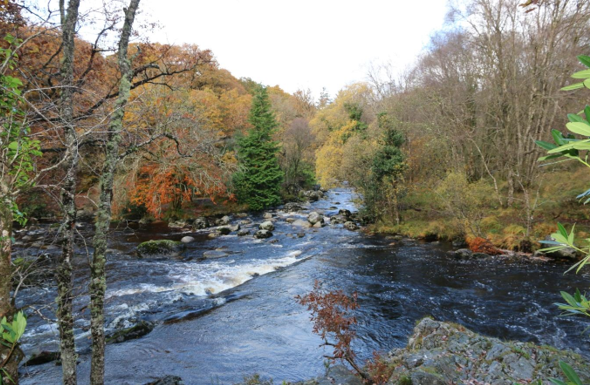Biodiversity in the Avoca–Avonmore Catchment
The Avoca–Avonmore catchment is a rich mosaic of habitats — from upland heaths and oak woodlands to river valleys and wetlands. Protecting its biodiversity helps preserve not just rare species, but also the natural systems that sustain clean water, healthy soils, and resilient landscapes.
Every protected site contributes to a wider effort: safeguarding Ireland’s natural heritage for generations to come.
Protecting Nature in Ireland
Efforts to conserve Ireland’s biodiversity have evolved over the past few decades. The Wildlife Act of 1976 laid the groundwork for nature protection, later strengthened by the EU Habitats Directive and the Birds Directive.
In the 1980s, conservation efforts mainly involved the State purchasing land to create national parks and nature reserves. These protected areas aimed to conserve natural habitats, plant and animal communities, and Ireland’s scenic landscapes while allowing the public to enjoy them responsibly.
Junction of the Avonmore and Glenmacnass Rivers. Photo courtesy of Tom Harrington.
Nature Reserves in the Avoca–Avonmore Catchment
Three Nature Reserves (NRs) were designated within the Avoca–Avonmore catchment:
Glenealo Valley NR
Vale of Glendalough NR
Clara Vale (Rathdrum Wood) NR
These reserves are managed by the National Parks and Wildlife Service (NPWS) and were established to protect unique habitats and species of national importance.
However, there’s a limit to how many sites can be state-owned and managed. That’s why, in the 1990s, Ireland introduced a broader concept — Natural Heritage Areas (NHAs) — which includes many privately owned lands of conservation value.
Natural Heritage Areas and European Designations
Seven proposed NHAs (pNHAs) were identified in the Avoca catchment. Alongside the three nature reserves and the Wicklow Mountains National Park, three other key sites were recognised:
Arklow Town Marsh
Avoca River Valley
Ballinacor Wood
Although proposed NHAs aren’t yet fully designated by law, they are protected under the Wildlife (Amendment) Act 2000, which prevents damage from the time of proposal.
Ireland’s involvement in the EU Habitats Directive (adopted in 1997) brought further protections. This directive requires EU countries to designate Special Areas of Conservation (SACs) to safeguard important habitats and species, such as otters, Atlantic salmon, and the freshwater pearl mussel.
Similarly, the EU Birds Directive established Special Protection Areas (SPAs) for threatened and migratory bird species.
SACs and SPAs in the Avoca–Avonmore Catchment
Two major SACs exist within the catchment:
Wicklow Mountains SAC – Covering about 33,000 hectares, this area includes 12 protected habitat types (Annex I habitats) and one Annex II species — the otter. Both Glenealo Valley and the Vale of Glendalough Nature Reserves fall within this SAC.
Vale of Clara (Rathdrum Wood) SAC – Spanning 380 hectares, this site protects old sessile oak woodland, a rare and valuable habitat.
Together, these areas represent 15 distinct Annex I habitats, a remarkably high number for such a compact region.
The Wicklow Mountains SPA, which overlaps with the SAC, spans 30,000 hectares. It provides important protection for birds such as the merlin, peregrine falcon, and red grouse.
Both SACs and SPAs form part of Natura 2000 — the European network of protected sites that covers around 18% of EU land and 6% of its marine areas.




